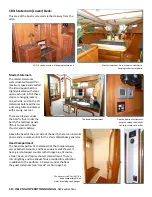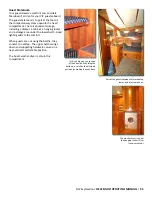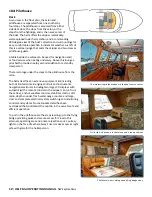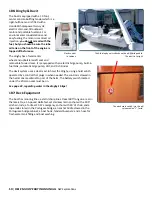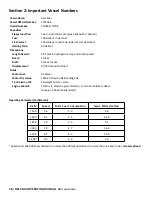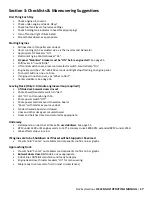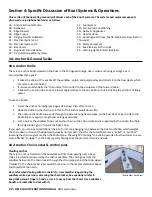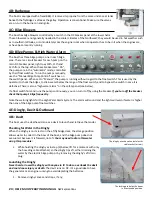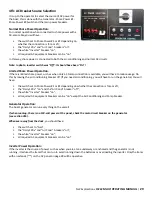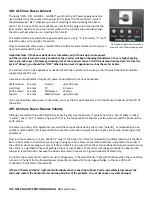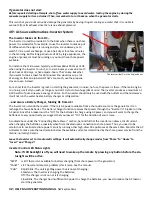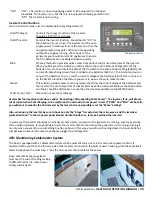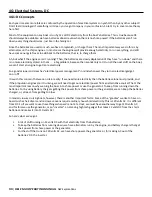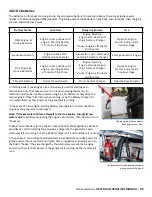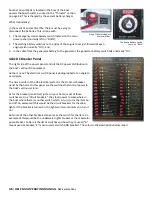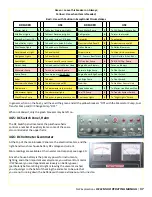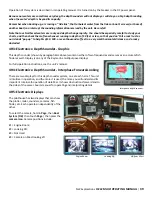
24
|
HELE MAI OPERATING MANUAL
NW Explorations
4B: Barbeque
The boat is equipped with a fixed BBQ. It receives its propane from the same under- seat tanks
beneath the flybridge L-settee as the galley. Operation is conventional: Make sure the valves
are on, turn the burner on and ignite.
4C: Bilge Blowers
The boat has bilge blowers controlled by a switch in the DC breaker panel at the lower helm.
These blowers are not generally needed in the cooler climates of the Northwest; they would be used in hot weather such
as in southern latitudes, or to moderately cool the engine room when an operator has to be in it when the engines are,
or have been recently running.
4D: Bilge Pumps & High Water Alarm
The boat has three bilge pumps, one in each bilge
area. There is a circuit breaker for each pump on the
main DC breaker panel, right row, 10th, 11th and
12th from the top. When these breakers are “On”,
the pumps are in the “automatic” mode, controlled
by their float switches. To run the pumps manually,
use the “Manual Bilge Pump Control” switches on
the switch panel. When set to “Manual”, the pump is running without regard to the float switch. This is used by the
operator to check the bilges, to drain water below the range of the float switch, and to bypass the switch in case it is
defective. There is also a “high water alarm” on the safety panel (see below).
If a float switch fails and runs the pump continuously, you can turn it off by using the breaker.
If you turn off the breaker,
check that pump’s bilge frequently.
Note the warning lights for the High Water Alarm System. The alarm will sound and the lights will warn if water is higher
than any of the bilge pump float switches.
4E: Dinghy, Davit & Outboard
4E1: Davit
This boat uses the steelhead crane as a davit to launch and retrieve the tender.
Checking for Water in the Dinghy
When the dinghy is on its rests on the aft flybridge deck, the storage position
allows water to collect in the bow of the boat, and the bilge pump does not
evacuate it because it is forward, not aft.
You may need to drain this water
using this procedure:
•
While hoisting the dinghy as in step (4) below, lift for a moment with only
the bow sling cable attached, so the dinghy tips aft, either draining the
water by the electric bilge pump or by removing the dinghy’s aft drain
plug.
Launching the Dinghy
Never hoist or lower the dinghy with anyone in it! To do so overloads the davit
and could cause injury or death.
The davit runs on DC. It’s a good idea to have
the generator or an engine running to avoid depleting the batteries.
1. Remove dinghy canvas and straps, if any;
The dinghy winch and control electric
cable socket (arrow).
The locking pin holds the boom
in its extended position.

